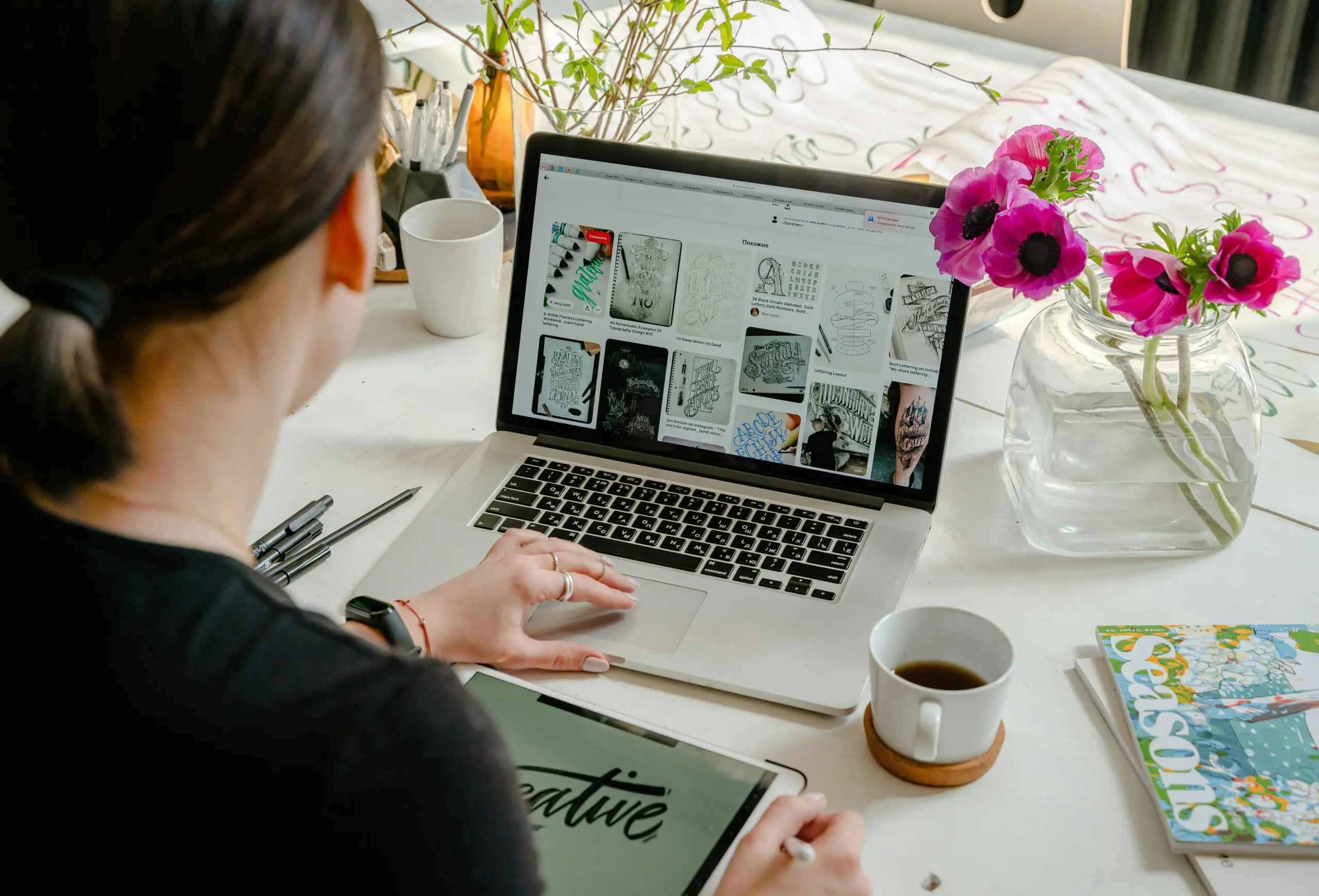
A Beginner’s Guide to DIY Business Graphics: Simple Techniques That Work
Creating captivating business graphics doesn’t require a degree in design — just a dash of creativity and a few strategic tips. Whether you’re looking to spruce up your social media profiles, enhance presentations, or make your marketing materials more visually appealing, mastering the art of graphic design can significantly elevate your brand’s impact. In this article, courtesy of Broke Girl in the City, we’ll guide you through simple, effective steps to design your own professional-looking business graphics, even if you’re starting from scratch.
Master Basic Design Principles
Learn key design principles such as alignment, contrast, and balance to elevate your graphics. Applying these fundamental concepts helps in crafting designs that are not only visually appealing but also strategically effective. Each principle plays a crucial role in enhancing the overall quality and impact of your designs. A solid understanding and application of these principles can significantly improve your graphic design outputs.
Use a Consistent Color Palette
Establish a cohesive color scheme that reflects your brand’s identity and ethos. Colors play a pivotal role in how your brand is perceived, harnessing color psychology can significantly impact customer reactions. Ensure that you apply your chosen palette consistently across all your graphics to maintain brand recognition and create visual harmony. This uniformity helps in building a reliable and recognizable brand image.
Implement Design Grids for Organization
Incorporate design grids to ensure your layouts are clean and well-organized. Design grids help in maintaining consistency and alignment of elements, which enhances readability and the overall user experience. They provide a structural basis for your designs, making them more accessible and appealing. Using grids is a simple yet effective way to improve the organization and visual flow of your graphics.
Incorporate Visual Elements Effectively
Integrate icons, vectors, and other visual elements to make your information clearer and more engaging. These elements add visual interest and can effectively draw attention to key messages. It’s crucial to ensure that every visual element you use is coherent with your overall design and contributes positively to your message. Strategic use of visuals can greatly enhance the effectiveness of your graphics.
Utilize Free Design Tools
Explore various user-friendly platforms that provide free tools for creating professional graphics. Many of these platforms offer templates, tutorials, and resources that can dramatically enhance your ability to design. By fully utilizing the potential of these free resources, you can achieve polished and visually appealing graphics without the need for expensive software or professional help. These tools are essential for anyone looking to produce high-quality designs independently.
Leverage AI for Image Enhancement
Leverage AI-powered photo editing software to significantly boost the quality and impact of your images. The ease of modifying and enhancing visuals with this editing tool allows for a transformation in how you approach graphic design. AI-driven features provide unprecedented control and precision, enabling you to execute complex edits without extensive technical skills. This enhanced capability is essential for anyone aiming to elevate their design work and bring creative ideas to fruition efficiently.
Utilize High-Quality, Royalty-Free Images
Access and utilize high-quality, royalty-free images to avoid copyright issues while enhancing the visual appeal of your graphics. Select images that align with your brand’s message and appeal to your target audience. Quality imagery is crucial for creating professional and impactful designs that communicate effectively and resonate with viewers. This practice ensures your graphics meet professional standards without legal concerns.
Seeking Audience Feedback for Improvement
Actively seek feedback from your target audience to gauge the effectiveness of your designs. Use this feedback to pinpoint both strengths and areas for improvement. This iterative process of refining your graphics based on user input ensures that your designs remain relevant and highly engaging. Feedback is a valuable tool for continuous improvement in graphic design.
Use these strategies to strengthen your brand’s visual communication and identity. By applying what you’ve learned, you can confidently produce graphics that are both professional and effective, ensuring your business’s visual messaging resonates clearly and powerfully with your audience.
Ready to take control of your financial and lifestyle choices? Dive into the rich insights and tips on Broke Girl in the City, and start transforming your life today with smart, practical advice tailored just for you!

